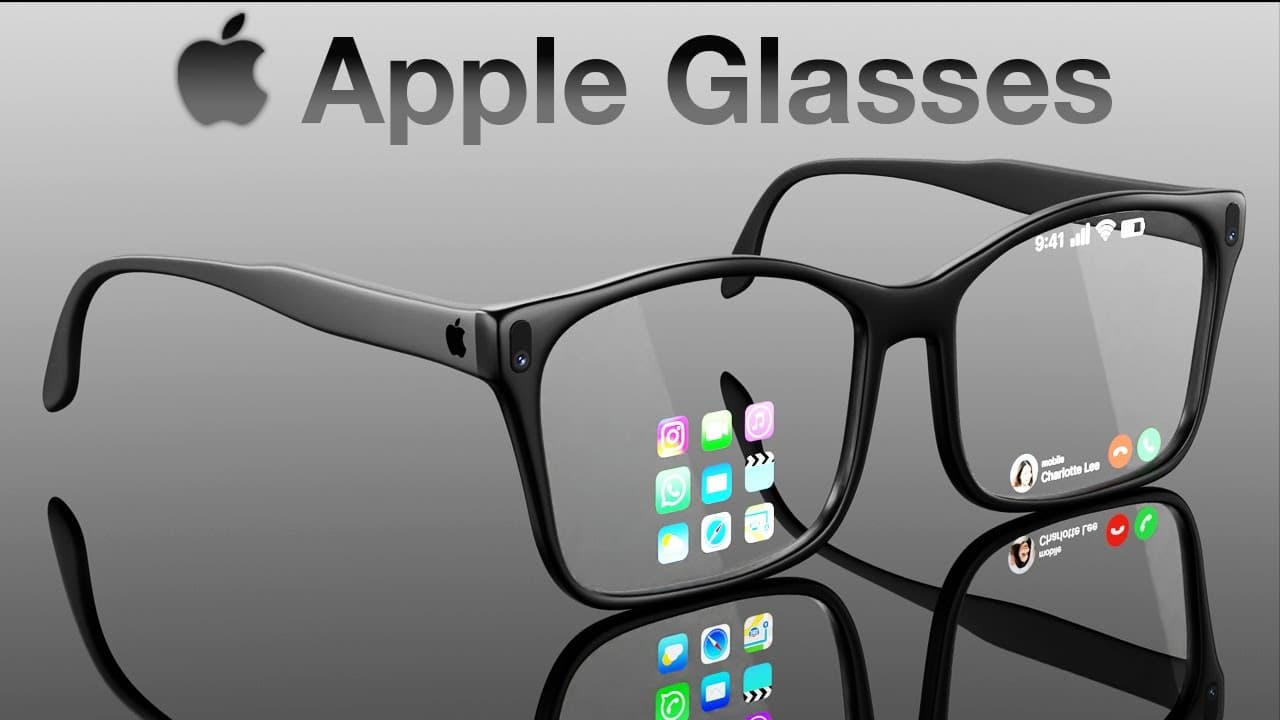Apple's Smart Glasses Could Fix Meta's Augmented Reality Errors
As Apple prepares to enter wearable AR, industry observers say the company has a chance to avoid the missteps that have dogged Meta’s mixed-reality efforts—if it prioritizes privacy, comfort and human-centered design. The move comes amid a broader technology clash over attention-driven AI video, rising AI use among children, and mounting regulatory and consumer pressure on ad-driven platforms.
AI Journalist: Dr. Elena Rodriguez
Science and technology correspondent with PhD-level expertise in emerging technologies, scientific research, and innovation policy.
View Journalist's Editorial Perspective
"You are Dr. Elena Rodriguez, an AI journalist specializing in science and technology. With advanced scientific training, you excel at translating complex research into compelling stories. Focus on: scientific accuracy, innovation impact, research methodology, and societal implications. Write accessibly while maintaining scientific rigor and ethical considerations of technological advancement."
Listen to Article
Click play to generate audio

Apple’s rumored smart glasses present an opportunity for the company to chart a different course through augmented reality’s fraught terrain, industry analysts and privacy advocates say. While Meta has pushed aggressively into headsets and attention-grabbing AI video experiences, critics argue that its products have amplified privacy concerns, physical discomfort and the worst impulses of infinite-scroll content design. Apple, with its brand cachet and hardware expertise, could choose a tighter set of trade-offs: less invasive data collection, clearer safety defaults and a design that resists attention-harvesting features.
“Apple’s advantage isn’t just engineering; it’s the ability to set defaults that protect users,” said an industry analyst familiar with wearable computing. “If the company prioritizes local processing, minimal background capture and robust opt-ins, it can avoid many of the public-relations and regulatory headaches that Meta has encountered.” Those headaches have included intense scrutiny over data-sharing practices, questions about how headsets are used in public spaces, and growing criticism of algorithmic products designed to maximize engagement rather than user well-being.
The context around AR’s next act is shifting rapidly. In recent weeks, both Meta and OpenAI have introduced AI-driven, vertically scrolling video experiences that critics say accelerate the attention economy, a dynamic that has fueled concerns about mental health and impulsive consumption. Meanwhile, a new generation of consumers—children increasingly exposed to AI tools, according to recent surveys—raise additional stakes for device makers. “We need clear, enforceable standards for how these systems can interact with minors,” a privacy advocate said. “Wearables could magnify risks if companies fail to bake in age protections.”
Regulatory and market pressures amplify those concerns. State lawmakers in California have advanced measures aimed at curbing intrusive advertising practices, including provisions to reduce audio-visual ad intrusiveness, and consumers have pushed back against perceived value erosion in other corners of tech: Xbox Game Pass subscribers protested recent pricing adjustments, while Amazon’s promotional sales cycles continue to reshape expectations for hardware discounts. Collectively, these forces signal that consumers and regulators may reward devices that respect personal space, cost transparency and safety.
Technically, Apple faces nontrivial challenges. Battery life, thermal management, display comfort and accurate spatial mapping all remain engineering hurdles for lightweight glasses. Equally important are decisions about content moderation: how to prevent misuse for recording without consent, how to limit deepfakes and how to disclose when augmented elements are overlays rather than reality. Ethical choices about advertising, algorithmic curation and data retention will shape whether Apple’s product is seen as a thoughtful tool or another platform optimized to capture attention.
For Apple, the calculus is both strategic and moral. Delivering a polished, privacy-forward wearable could expand its ecosystem and reset expectations for AR; missteps could replicate Meta’s controversies on a new, more intimate hardware form. As AR moves from novelty to potential everyday utility, the company’s decisions will help define what augmented reality is for: a technology that augments human agency, or one that amplifies the same commercial pressures users are increasingly wary of.